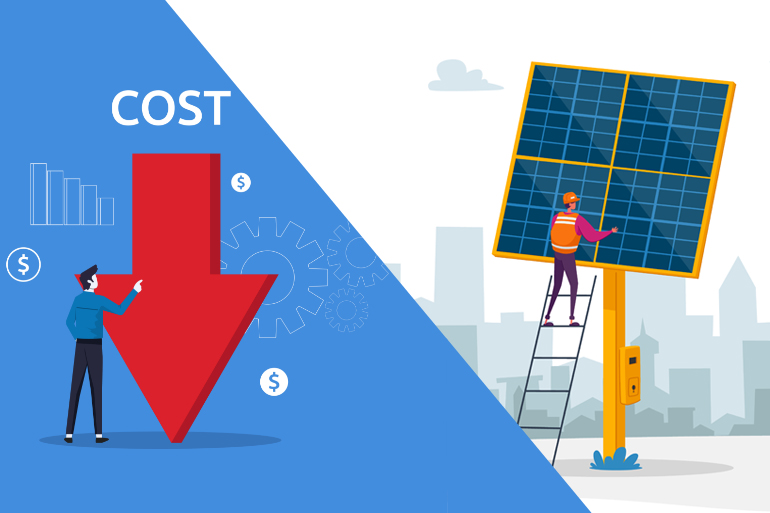Traditionally, investors and governments have faced a significant, yet a little-known obstacle, when sourcing financing for renewable energy projects. The cost of borrowing for such projects has usually been higher than for projects involving fossil fuels such as coal. This has increased the cost, and sometimes reduced the viability, of renewable energy projects. However, in a spot of good news for the planet, and everyone on it, the cost of borrowing for renewable has reduced significantly. So much so that it is now cheaper to borrow for a renewable energy project than for a coal-driven project.
Supply and Demand
The reason behind this is, essentially, simple. As renewable projects have grown in popularity and their benefits, risks and business models have become better understood, the supply of financing for them has increased. Consequently, as we understand the serious risks of traditional energy, the supply of financing for such projects has declined. The result; it has become cheaper to borrow for renewables than for traditional energy.
The Figures
A study of loan spreads over the past 20 years, shows that investors are choosing to invest more in greener energy while showing less interest in fossil fuels. Take for example, a solar project. Investors are usually looking to make returns of at least 10% to 11%, which is reflective of the low risk of these investments. On the other hand, the returns needed to justify the risks of heavy pollution generating projects, such as coal plants, has now jumped to over 40%.
When looking at wind energy and comparing the periods 2007-2010 and 2017-2020, the spread on loans for renewable has fallen by an average of 12 points for onshore wind and 24 points for offshore wind. Coal mines and power stations on the other hand saw their loan spreads increase sharply by 38% and 54%, respectively, during the same periods. Furthermore, from 2015 to 2020, the cost of photovoltaic, onshore wind and offshore wind has fallen by 20%, 15% and 33% respectively, when comparing with the period from 2010 to 2015.
A Green Win is a Win for All
As it becomes cheaper to finance renewable-driven projects, the economic incentive to implement them will only see the use of renewable rise and reduce our dependence on fossil fuels. This will ensure further adoption and promotion of renewable, much to the relief of the planet and our communities.

